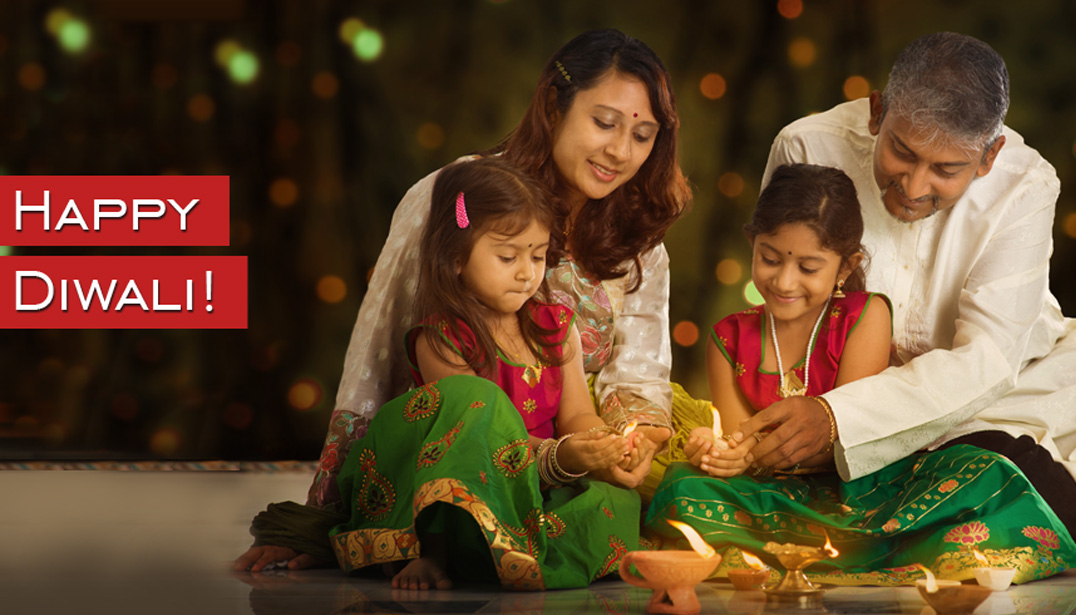Over the years as societies become more urbanised the needs of the masses changes, and so must the ways we celebrate our festivals. Diwali has become bigger, noisier and brighter with the ever increasing firecrackers. Over the years the health problems have also magnified. We must work towards a more eco-friendly celebration and wherein we are sensitive to our environment and society.
Bursting fireworks is a strange way to display our happiness. We must refrain from it and discourage our children too. Let us celebrate the festival of lights retaining it as a festival of joy without converting it into a public health problem.
Aftermath of Fireworks:
Air Pollution
Fireworks may seem exciting however they come with a host of illness triggers. During Diwali partially combusted low volatile organic compounds remain suspended in the atmosphere for several days. This is deadly for not just asthmatics, but causes breathing difficulties in anyone. Several crackers have multiple toxic chemicals like sulphur nitrates, magnesium, nitrogen dioxide increase, which are injurious to our respiratory passages.
Noise Pollution
‘Bombs’ are a favourite amongst many however they lead to immense noise pollution. A prolonged exposure to such high levels of noise can lead to permanent damage of the eardrums. Doctors get many cases wherein people who suffer holes in the eardrums not due to a direct injury, but the intense sound pressure of crackers.
Pet Care
Pets get very frightened with the loud noise of fireworks. It is advisable to keep your pets indoors and close all the curtains to make things calmer.
Child Exploitation
As most of you must be aware numerous children are employed by the firecracker industry. They work long hours and are exposed to harmful chemicals and acids. Their skin comes in constant contact with the acids and they also breathe harmful fumes.
Medical Injuries
Unfortunately injuries from fireworks spoil the fun for many families. Each year Diwali brings a fresh number of cases involving loss of eyesight and serious burns and injuries caused by fireworks. The most common reason is wrong handling of fireworks.
If you are one of those who will still continue to burst crackers this Diwali,then here are some precautions to follow:
- Keep a first aid box and a bucket of water or sand nearby to handle emergencies.
- While igniting Diwali aerial fireworks like rockets, ensure that they are not facing any opening like a window, door or an open building gate.
- Don’t burn crackers in crowded, congested places and narrow lanes.
- We must not let children burst crackers unaccompanied by an adult. Keep an eye on them constantly.
- Don’t try to examine un-burst crackers.. leave it!
- Avoid long loose clothes while bursting crackers, as they are fast in catching fire.
- Strictly avoid using matches and lighters for bursting crackers for Diwali as they have open flames that can be dangerous.
- Don’t keep your face close to the cracker while trying to light it
- In case of burns, pour large quantity of water on the burnt area.
- The patient should be taken to a burns specialist or a major hospital.
- In case of eye burns, wash the eye with tap water for 10 minutes and take the victim to a hospital.
Other safety precautions:
- The earthen lamps that we light on Diwali night are generally placed on balcony and window panes. Always ensure that these are not near any flammable material like wood, cloth or paper.
- Make sure the decorative lights should never be tied to any metal poles as any current leak can energize the pole and give a shock to anyone who touches the pole.
Diwali and Food
It is difficult to stay away from sweet temptations in the festive season. Let us try to adapt some small changes in our diet this Diwali .Use natural sweeteners like dates, jaggery, honey or figs in sweets instead of sugar or artificial sweeteners. The best time to eat sweets is either on an empty stomach or when the body is low on calories.
Stay away from packaged savouries as they contain trans-fats which can be very dangerous for our cholesterol levels. Make your savouries at home, you can also bake them instead of frying them to cut down on fat.
Wishing you all a very Happy and Safe Diwali! Stay healthy and Eat healthy this festive season. This Diwali in case of any medical emergencies please contact our team of doctors at Kokilaben Dhirubhai Ambani Hospital. Our Full Time Specialist System ensures availability and access to the best medical talent 24 hours a day, 7 days a week. Certain incidents of eye injuries and burns occur during Diwali for which people need immediate medical relief. Please visit our website for more details: https://www.kokilabenhospital.com/


